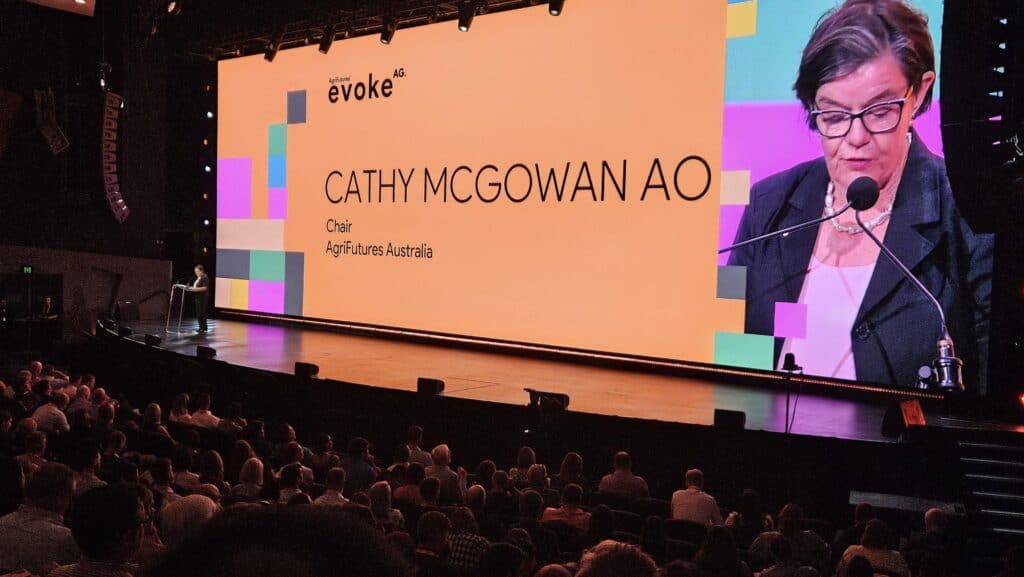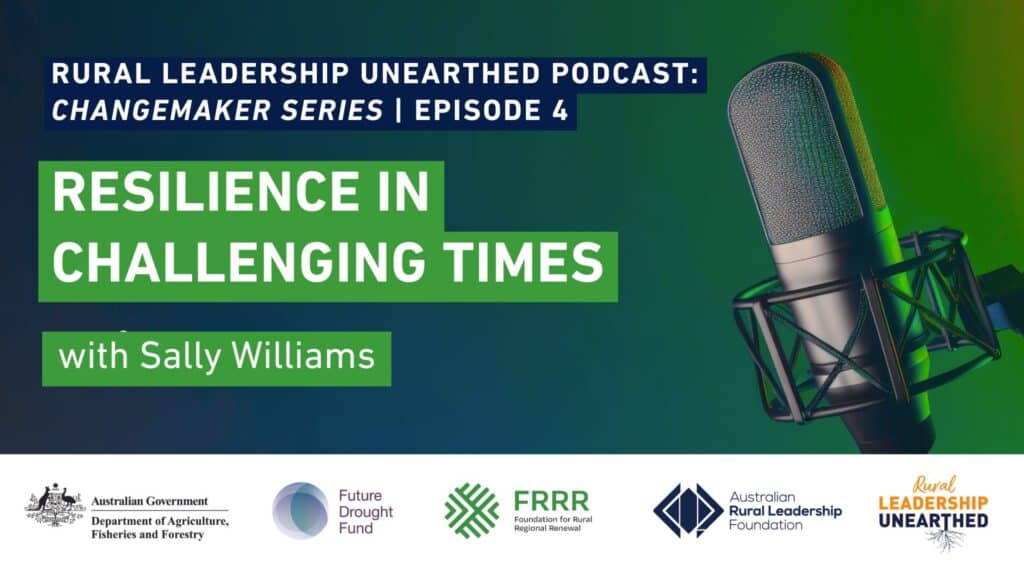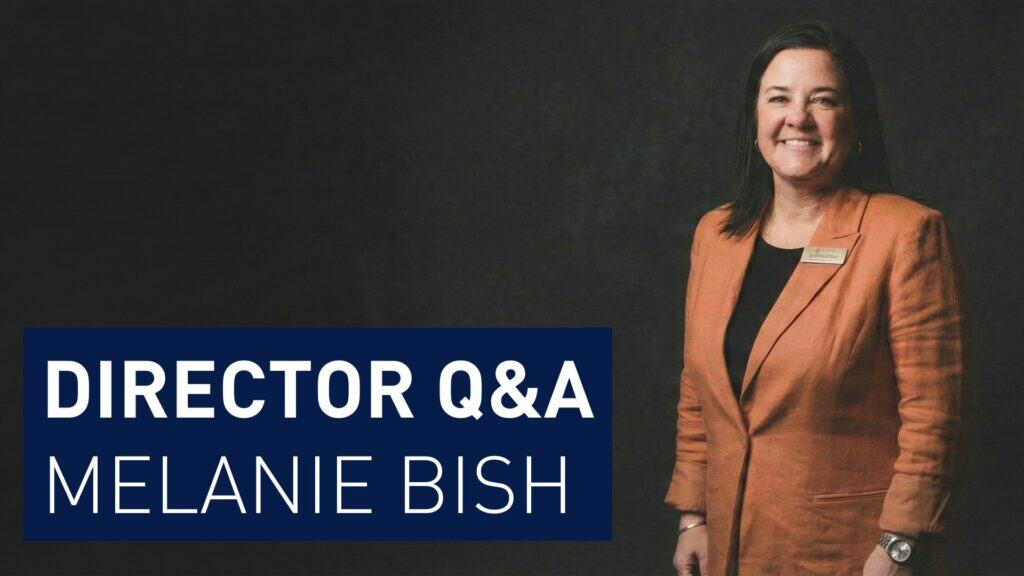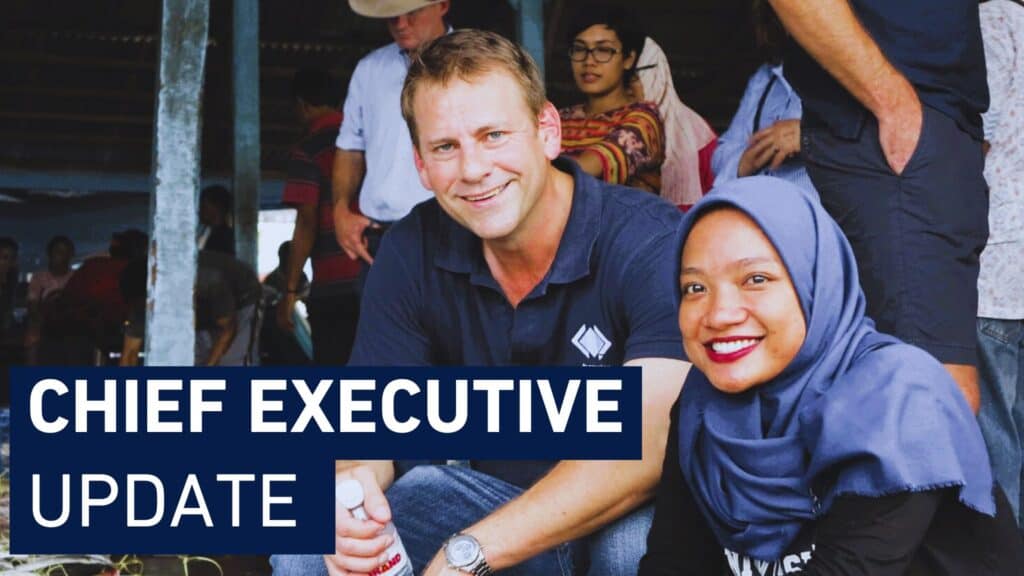I recently had the opportunity to be part of EvokeAG 2024 in Perth, WA. EvokeAG is an initiative of AgriFutures Australia with the event connecting the agrifood innovation community across the Asia Pacific region and around the world.
Firstly, thanks to our friends at AgriFutures Australia for establishing and rapidly growing this fantastic event (there were almost 2,000 people present). Being part of EvokeAG and chatting with a myriad of people also reminded me of the ARLF’s strong connection both to AgriFutures (without AgriFutures, or RIRDC as it was known in 1992, the ARLF would not exist) and the primary industries and food sectors (almost half of our 2600+ alumni are part of the sector).
I was blown away by some of the developments showcased at the event including the use of artificial intelligence (AI), robotics and the calibre of start-up ideas pitched to would-be investors. AgriFutures have done a wonderful job in tapping into and lifting the creative energy in the sector around tech, innovation and youth – I must admit it made me feel older and younger all at the same time!
It has also clearly become the premier networking event across the agrifood sector. I stopped counting the number of ARLF alumni I bumped into once that got into the twenties, not to mention the many others across the broader network. Once the event was over and I was winging my way home across the Nullarbor, I started to reflect on this concept of ‘networking’ and ‘networks’ and what this meant.
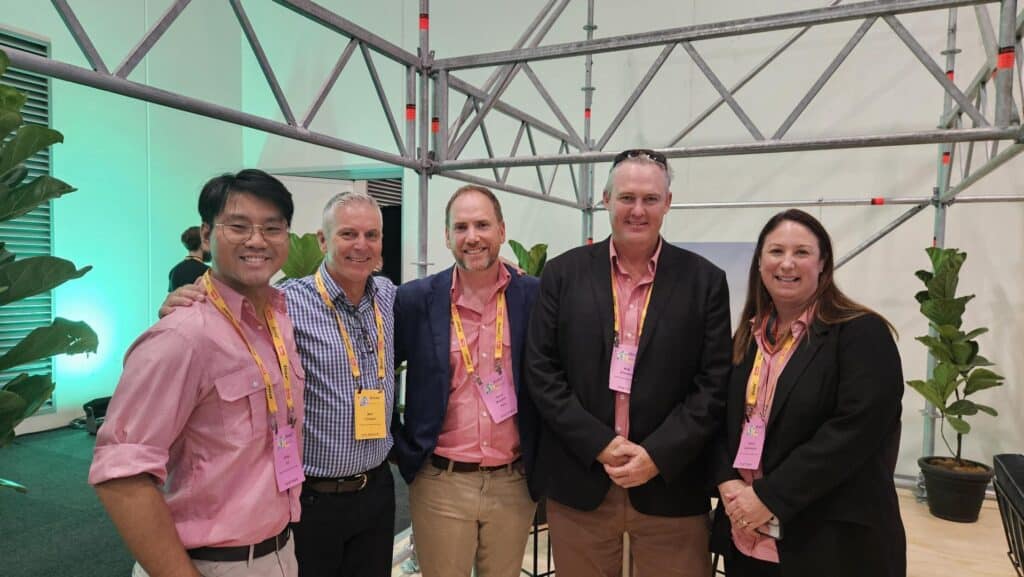
The net worth of a ‘network’
At a base level, networking is about making connections and exchanging information and ideas with others. I’m sure all of you are familiar have been somewhere or heard from others who have said something like “yeah, it was a great networking event”, or “I made some great connections” – and let’s be clear, there’s nothing wrong with meeting new people or reviving old connections and maybe clocking some information that might be useful to you down the track.
The question I was asking myself was, ‘are these the sort of networks that will make a real difference to rural, regional and remote Australia?’. They certainly can’t hurt and yet if collectively we are to make progress in complexity, more is required.
The world doesn’t stand still and, just as technology, AI and other innovations have changed to way we live and work, so too have models and practices of leadership over time. One of the key developments in the ‘network age’ is a move away from ‘hero’ leadership (focused on the individual, out front, doing it themselves and always leading the way) to a network leadership approach. If we agree that our world is becoming more complex, then it stands to reason that a top-down approach will have limited impact and that teams, organisations, industry sectors and communities we must think and act across networks.
It also increasingly means identifying and preparing for change so that we are more adaptable at a systems level. This is not the end of good leadership practice at the individual level – in this network system, individuals will continue to make critical contributions at important times. This also reinforces what we have exposed participants on our programs to for many years – that leadership is contextual and that different moments call for different leadership practices.
Network leadership exercises all the six key leadership practices that we at the ARLF believe to be vital in a complex world – authenticity, awareness, adaptation, affiliation, advocacy and action. In terms of moving from ‘networking’ and building ‘networks’ to network leadership, I will pay close attention one of these – affiliation.
In our work and across our ARLF programs, we expose participants to theories, concepts and experiences where affiliation as part of the Six A’s of leadership practice can be explored. At its core, the practice of affiliation involves;
- Self-organising and self-nominating around tasks and group activities.
- Drawing on the resources and expertise of the group and broader networks
- Creating collaborations, sharing ideas, and creating new content or assets.
So how does one exercise leadership through an affiliative approach? As always context is king and different situations call for different approaches. However, a range of potential roles exist in forming, cultivating and contributing to a network approach. One where multiple and ongoing leadership contributions drive change rather than single points of decision or authority.
Self-organising, resourcing and collaborations cannot evolve without willing actors therefore convening is a crucial component of network leadership. A convenor often has the social capital and resources to bring people together, but this should not be confused with convening is just as critical across a community or an industry sector as it is within an organisation. Critically, many organisational structures maybe challenged by this approach, and so the leadership maturity required is to make room within a hierarchical structure for self-starting and sustained networks of change.
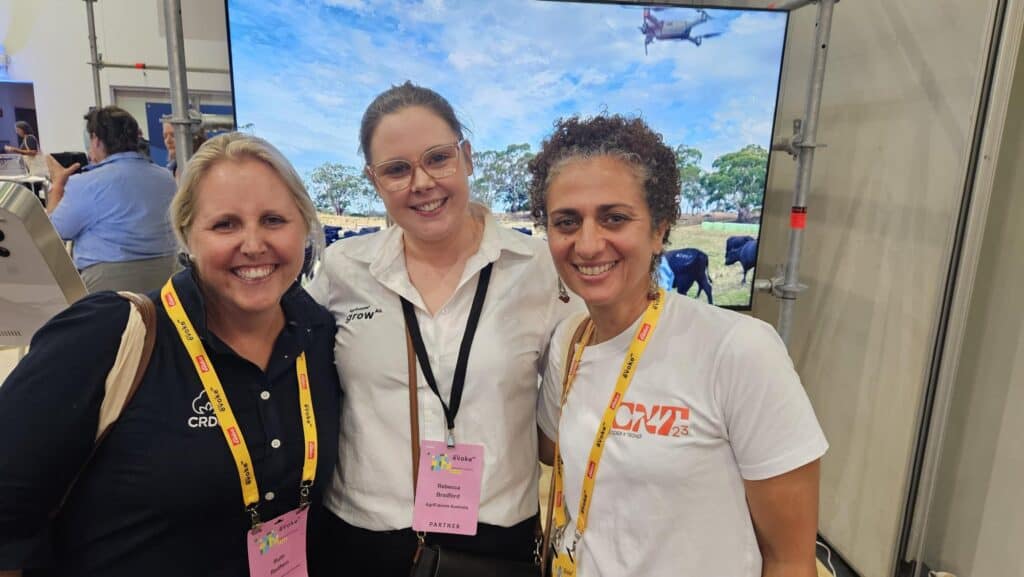
Networks weavers
The facilitator is not there to run the show, but to shepherd a healthy process and to hold the space for diverse contributions difficult conversations and sometimes calling out a group if things look too comfortable.
There are a myriad of other roles required for network leadership. To bring my thoughts back to AgriFutures I can’t help but think of the organisation’s current Chair and ARLF Fellow Cathy McGowan. It is well documented that Cathy attributes her experience as part of the ARLP in shaping her leadership and as foundational to her approach with many others in becoming the Independent Member for Indi back in 2013. To me this is a great example of network leadership and where a movement of change was developed from the ground up and over many kitchen tables. To me Cathy and her many friends and allies acted in what June Holley describes as a Network Weaver
“A network weaver is someone who is aware of the networks around them and explicitly works to make them healthier. They do this by helping people identify their interests and challenges, connecting people strategically where there’s potential for mutual benefit, and serving as a catalyst for self-organising groups.”
There is nothing wrong with ‘networking’ in a conventional sense – positive social interactions and connections that may lead to self or mutual benefit are positive. But if we are to collectively make progress in the face of growing complexity then new approaches to leadership through sound leadership practice are required. Network leadership is a crucial part of this response. What does network leadership look like for you?
